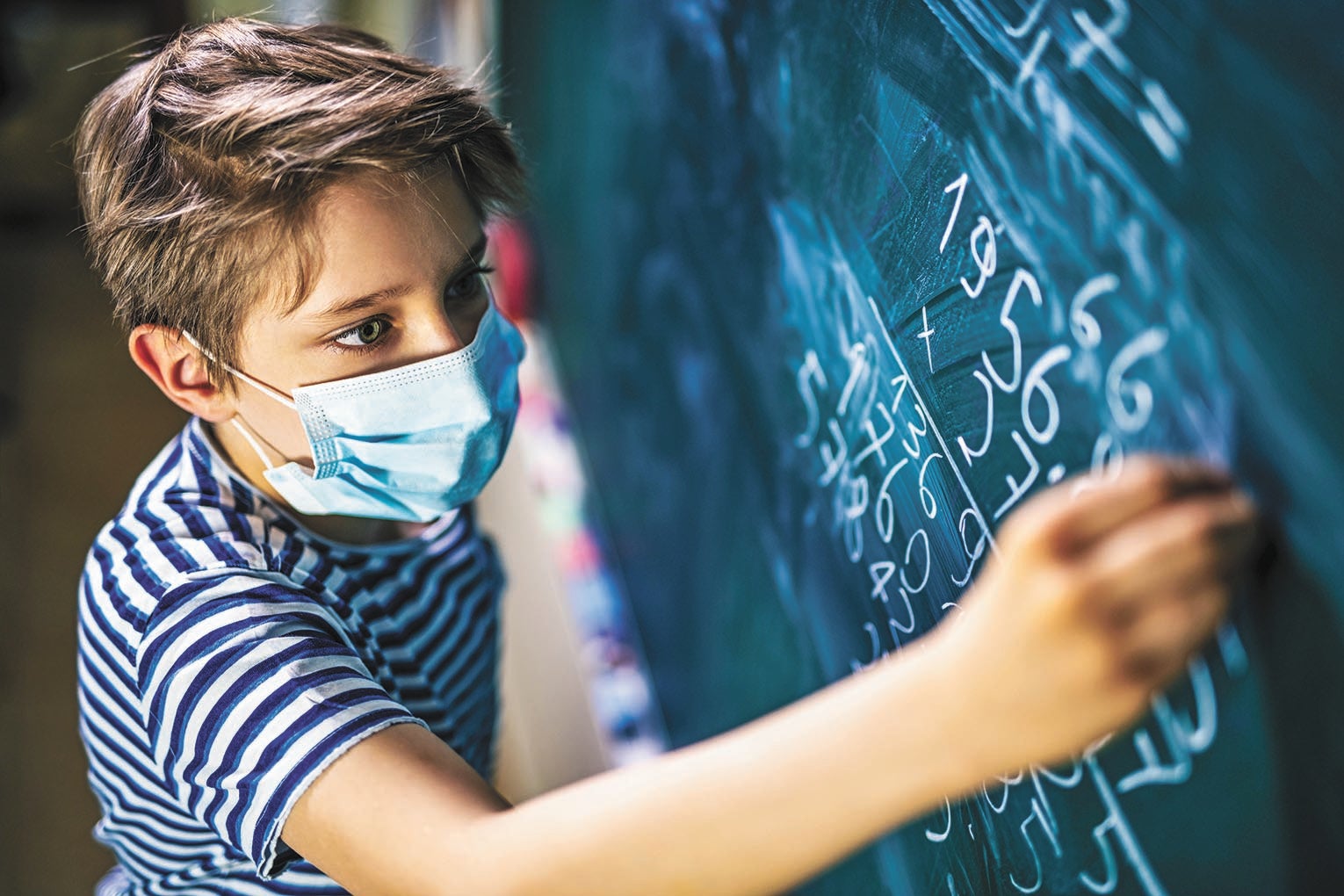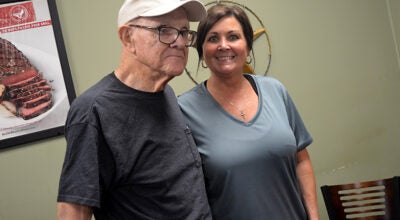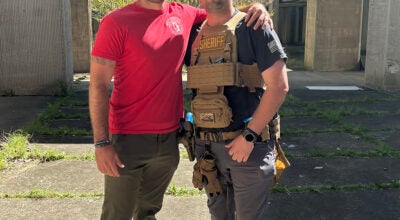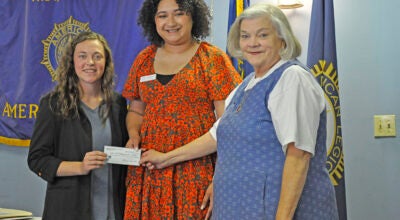Pike County Schools adjusting to virtual learning
Published 11:07 pm Thursday, January 21, 2021
|
Getting your Trinity Audio player ready...
|
Pike County Schools transitioned to all-virtual learning on January 12. The designated day to return to in-person learning was set for February 1, but Mark Bazzell, the superintendent of Pike County Schools, and his team will be looking at whether or not there is a need to extend the all-virtual learning period.
“We are not close to making a decision yet,” Bazzell said. “We certainly want to get back as quickly as we can and do it safely, but Pike County is still in the high risk classification. Next week, we’ll have a better idea of our plan moving forward.”
Pike County Schools have asked students and employees to continue to report if they test positive for the virus and if they have come into contact with anyone who has.
“This will help us make a decision to return to in-person learning or to extend all-virtual learning. It will be more challenging for us to decide if students and employees don’t report to us,” Bazzell said.
According to Bazzell, Pike County Schools are continuing to have employees test positive and be put in quarantine from coming into contact with others who have the virus. Bazzell believes the numbers of positive cases and numbers of those in quarantine have somewhat decreased among the students, but have increased for the faculty members.
Bazzell explained that the transition to all-virtual learning this January has gone pretty well aside from a few people who have had technology problems.
“The biggest concerns have been from parents who are looking for child care for their children,” he said, “but I’m very pleased with how well our teachers have implemented virtual learning.”
Sydney Chamblee and Raven Crenshaw are two kindergarten teachers at Goshen Elementary who described teaching during this pandemic as a whirlwind.
Chamblee has had to switch from teaching virtual to teaching virtual and traditional at the same time and now back to virtual. Crenshaw has taught in the traditional form until the transition to all-virtual started last week.
“It’s been challenging trying to keep the kids engaged while they watch me through a webcam, but I try to incorporate them by asking them to stand up and move around,” Chamblee said.
“This journey has been very stressful mainly because we have to make sure we’re doing our part as a teacher, that the students are doing their part, and also that the parents are doing their part,” Crenshaw added.
Both teachers continue to inform parents that they are leaning how to best use the virtual technology together. Chamblee and Crenshaw have been learning how to use the virtual technology through every form since students are using different devices like computers, cell phones, or tablets.
Chamblee and Crenshaw are concerned about their students during this vital stage of learning. Teaching kindergarten virtually has been difficult, but these two teachers are trying their best to help set a strong foundation for their students that will lead to future academic success.
“Some of my students have loved virtual leaning and being able to learn from home, but I know there are others who need social interaction,” Crenshaw said. “Sometimes we’re the only smile that some of these children see,” Chamblee added.
“I have somewhat enjoyed the virtual side of teaching and being able to see my students through the computer, but I feel more drained after a day of teaching virtually than I would when I taught in a traditional form,” Crenshaw said.
Crenshaw explained she’s even had dreams about teaching virtually and having technological problems. “I’m answering parents questions all throughout the night because most of them aren’t available during the day,” she said, “so it’s always on my mind.”
Chamblee agrees that teaching virtually has been more mentally exhausting. “Everyone has had to take on a big roll during this pandemic. A lot has been put on the parents too because we can’t be there physically in front of the kids to help them, so I commend all of the parents,” she said.
Both Chamblee and Crenshaw are hoping to return to traditional in-person class but understand the most important thing is safety.
“My biggest hope is that we come back after next week,” Chamblee said. “I’m a much happier person with my babies in my classroom.”






